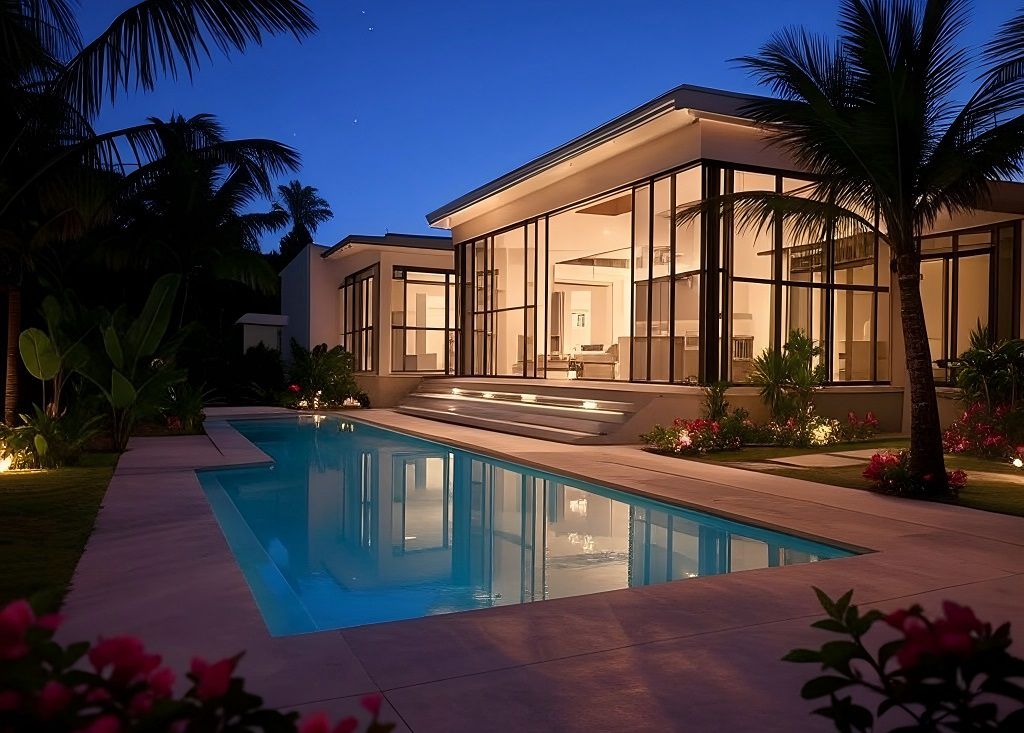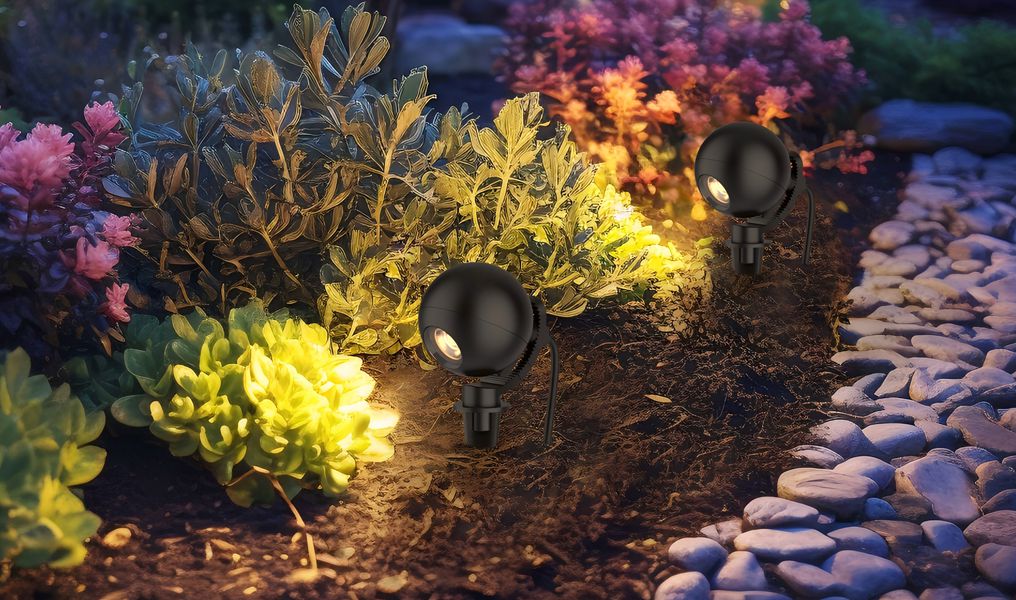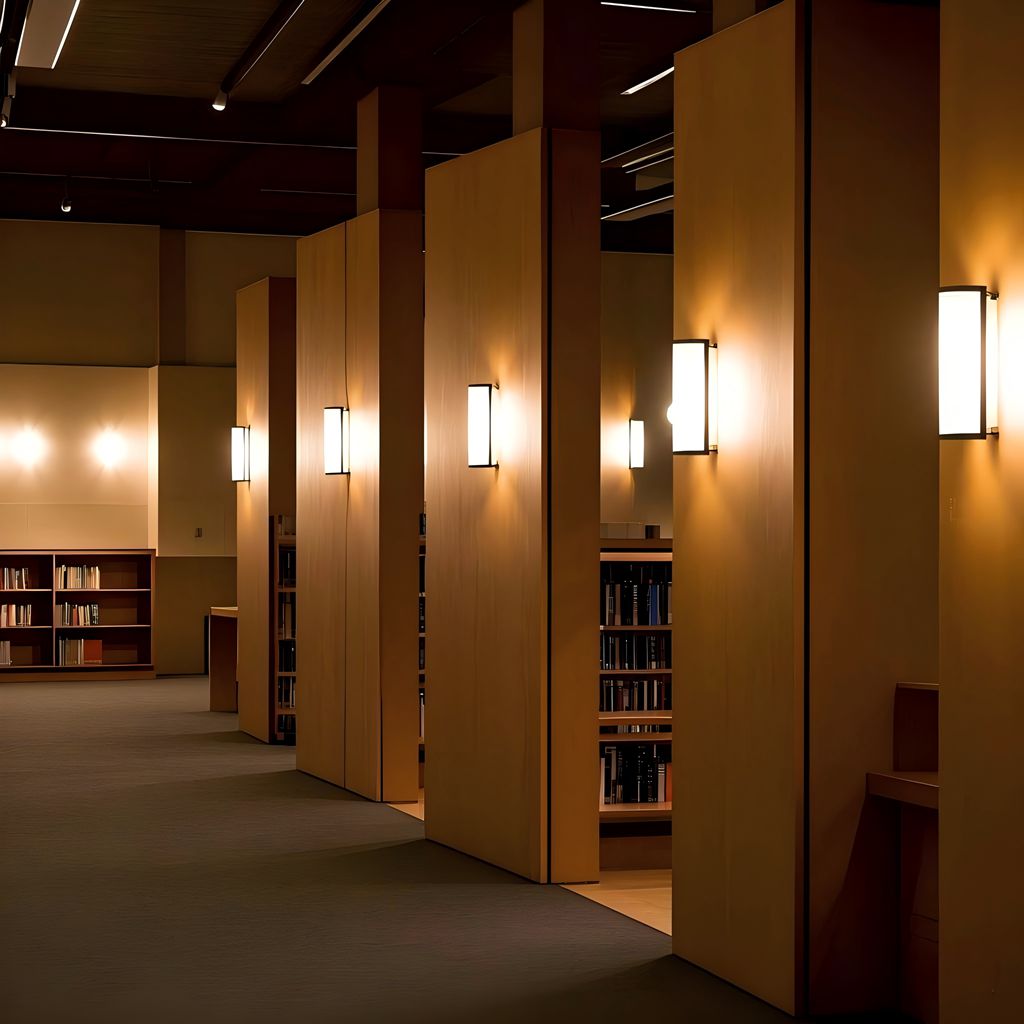In our daily life, we often see the remark RGB, RGBW, and RGBCW sign on the smart LED. What are RGB, RGBW, and RGBCW? Refer to preview the passage of What Is The Relationship Between RGB, Bin, and SCMD, it expounds what is trichromatic theory. This blog is based on the trichromatic theory to explain the meaning of RGB, RGBW, and RGBCW.
RGB: The definition of RGB is red, green, and blue, all three colors' data range is 0 ~ 255. They can be mixed together to emit different color lighting.
THE BELOW PHRASE IS BASED ON ORINGINAL RGB THREE PRIMARY COLORS TO ADD ONE OR MORE SUB-PIXEL COLOR
RGBW: It refers to red, green, blue, and warm white
RGBCW: It refers to red, green, blue, warm white, and cold white
RGBWW: It refers to red, green, blue, warm white, and yellow
RGBA: It refers to red, green, blue, and yellow
RGBWA: The “A” indicates transparency. The value ranges from 0 to 1, where 0 indicates complete transparency and 1 indicates complete opacity. The smaller the value, the higher the transparency.
Take RGBW and RGCW For Example, Both Involve A Color Temperature Value.
In the field of chart what the color temperature is: in the black body radiation, the color will be different as different temperatures change, then the black body presents a gradual process of change from red-orange-red-yellow-yellow-white-white-blue-white. When the color of the light emitted by a certain light sourcebooks the same as the color of the light emitted by a black body at a certain temperature. This temperature of the black body is called the color temperature of the light source.
The blue component of the spectrum will be higher, as the red component to be lower when the temperature of the "black body" is higher. For example, the light color of an incandescent lamp is warm white and its color temperature is expressed as 2700K, usually called "warm light", while the color temperature of a daylight fluorescent lamp is expressed as 6000K, because the proportion of blue radiation in the energy distribution increases when the color temperature is raised, so it is usually called "cool light".
What Are The Common Features And Different Features Among Them?
They are multi-chip or multi-channel LED packages designed to produce a wide range of precisely controllable light, including different shades of white light as well as millions of saturated colors and pastels. The common feature of them is the use of RGB light strips, and all require dimmer control. They emit different color lights with the lowest energy consumption to save energy.











